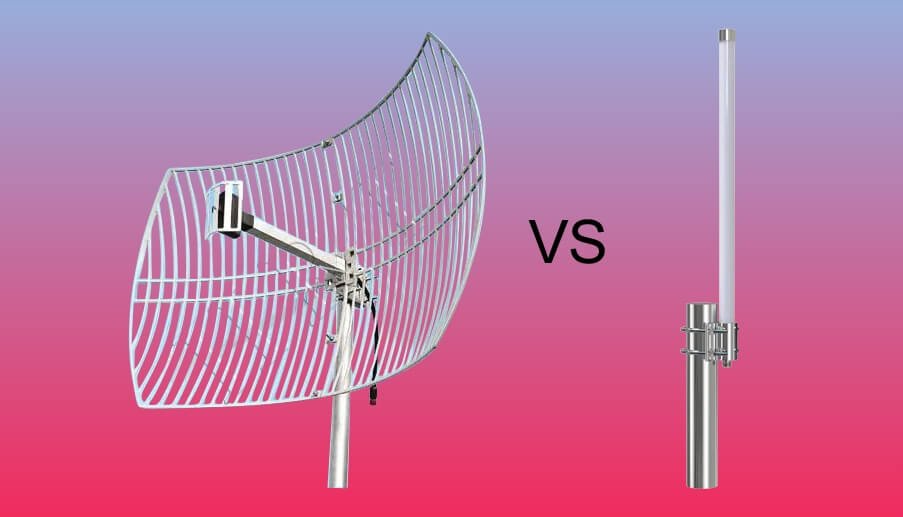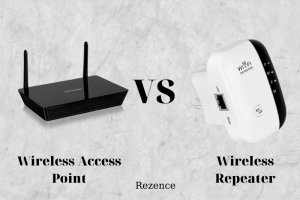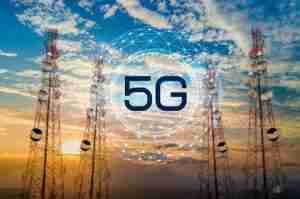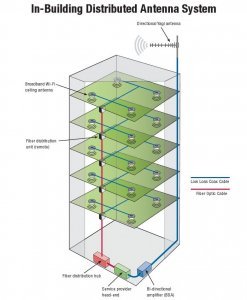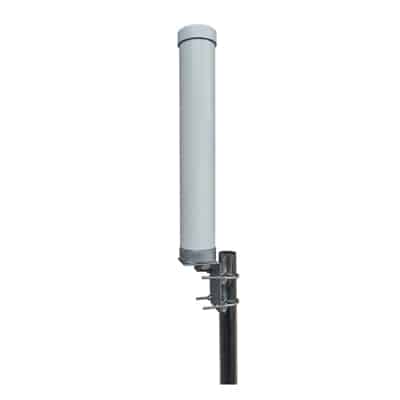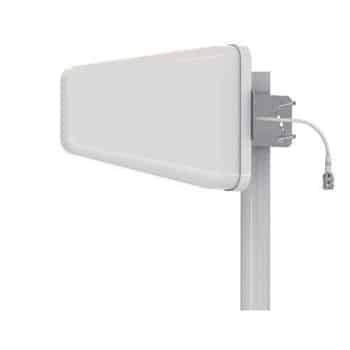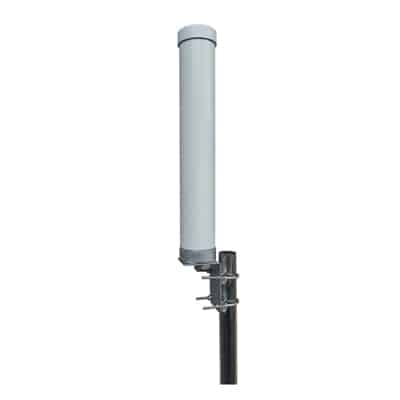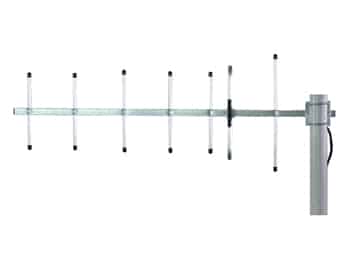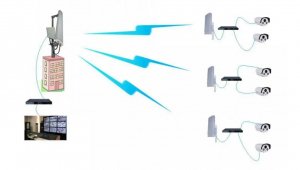
What is a wireless bridge and how does it work?
A wireless bridge is a device that connects the two access points or the LAN segments by using infrared or microwave transmission. It connects the two different wireless networks that are separated by distance. In a wireless bridge one endpoint act as a master and the other end act as a slave. In a wireless bridge, the master node determines the frequency of the client side and the link established. A wireless bridge is only directional between points A and B, as opposed to an access point, which provides service to numerous endpoints or devices in a spread of 30 to 360 degrees. They are suitable for many different connectivity options because they may be used across small (a few meters) and long (miles) distances. Most of the wireless bridges are directional but some wireless bridges also transmit the signal in 360 degrees. Wireless bridges are mostly used where the

